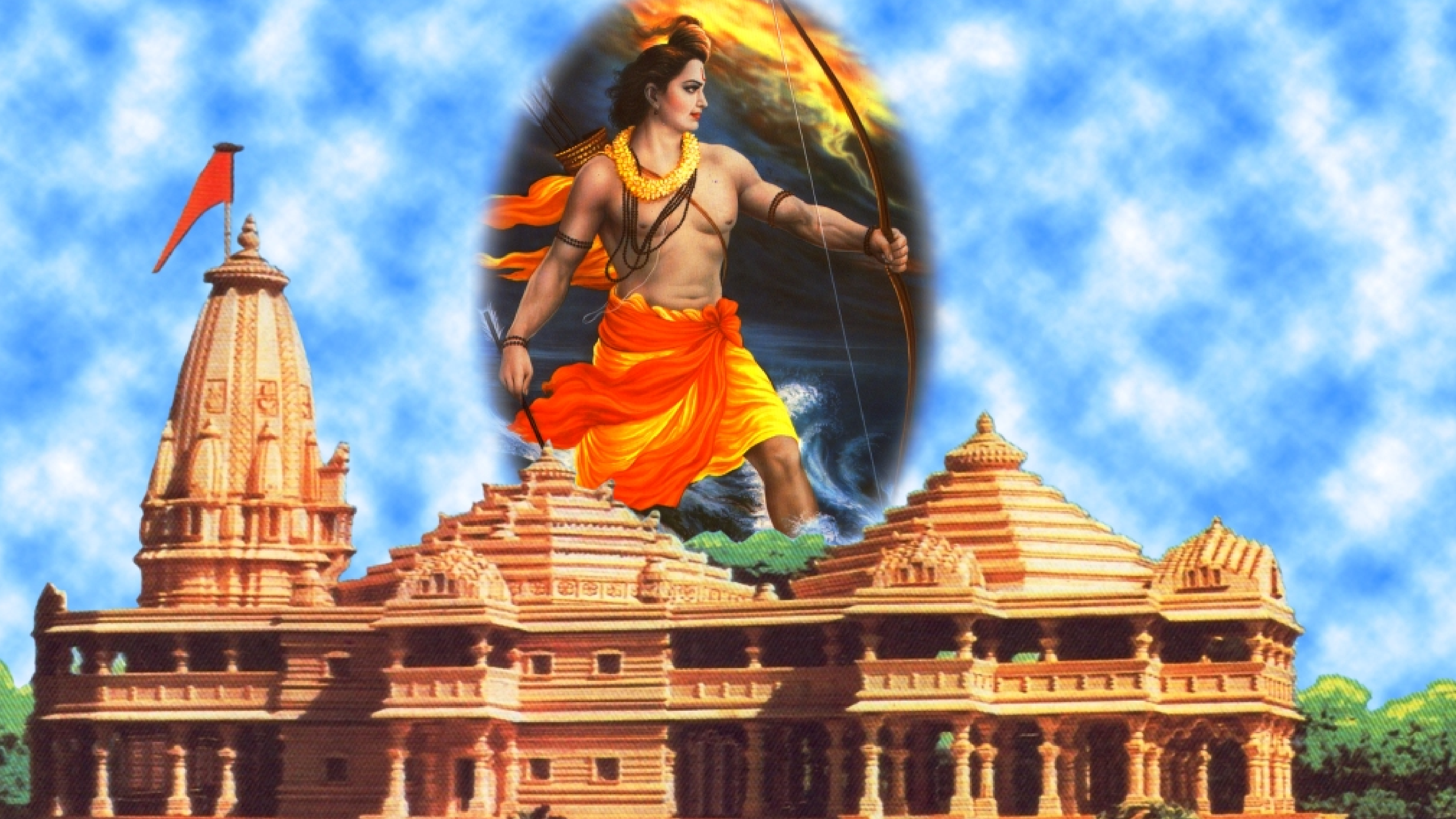Today is Rama Navami
**|| राम राम रामेति रमे रामे मनोरमे।
सहस्रनाम तत्तुल्यं रामनाम वरानने ||**
Shri Ram Janmabhoomi Mandir is located in Ayodhya, a sacred city in Uttar Pradesh. Ayodhya is believed to be the birthplace of Lord Rama, the seventh incarnation of Lord Vishnu. The temple is built on the exact site known as Ram Janmabhoomi, which means “birthplace of Rama.”
The Ram Mandir in Ayodhya is designed in the Nagara style of architecture, which is a traditional temple design from North India. The temple is made from pink sandstone brought from Rajasthan and constructed without iron or steel. It will have three floors, with a height of about 161 feet, a length of 380 feet, and a width of 250 feet.
The temple features five main halls (mandapas):
– Nritya Mandap (Hall of Dance)
– Rang Mandap (Colorful Hall)
– Sabha Mandap (Assembly Hall)
– Prarthana Mandap (Prayer Hall)
– Kirtan Mandap (Hall of Devotional Songs)
The inner sanctum (garbhagriha) houses the idol of Ram Lalla (child form of Lord Rama). The idol is 51 inches tall, carved from black stone (Krishna Shila), and shows Rama as a 5-year-old boy holding a bow and arrow, radiating divine charm. Arun Yogiraj, a famous artist from Mysore, sculpted the idol.

The temple and its story center around Lord Rama, a beloved figure in Hinduism, and the epic tale of the Ramayana. This sacred story, full of divine lessons and cultural depth, has shaped the beliefs and emotions of countless devotees for generations.
According to Hindu scriptures, Ayodhya was the capital of the ancient Kosala Kingdom and the birthplace of Lord Rama, the son of King Dasharatha and Queen Kaushalya. Lord Rama is known as Maryada Purushottama—the ideal man—and represents truth, righteousness (dharma), and devotion.
The Ramayana, written by Sage Valmiki, tells the story of Rama’s life—his exile to the forest, the abduction of his wife Sita by the demon king Ravana, and his great battle to rescue her. After defeating Ravana, Rama returns to Ayodhya and was crowned king. His rule, known as Rama Rajya, symbolizes peace, justice, and prosperity.
Ayodhya holds a special place in Hindu tradition as the birthplace of Lord Rama. It is seen as a city of dharma (righteousness) and an ideal kingdom. The belief that Ayodhya is the divine home of Lord Rama has been passed down for generations, creating a strong spiritual connection among devotees.
The Ramayana describes Ayodhya as a grand and beautiful city with palaces, gardens, and noble citizens. It portrays a society based on justice, compassion, and moral values. This association makes Ayodhya a sacred pilgrimage site where millions of people experience devotion and peace.
The construction of the Ram Mandir officially began in March 2020, with the foundation stone-laying ceremony. The pran pratishta (consecration) ceremony of the Lord Ram idol in the sanctum was held on *January 22, 2024*.




